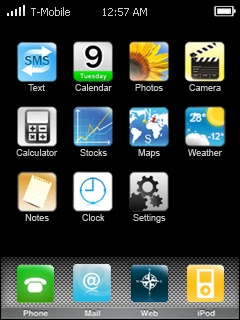

In the same vein, it doesnt grant you with all iOS applications. This process takes place in a window of your core OS and uses native apps, software, and files. Instead, it stimulates the user interface or an iOS device on Windows 7 and up PCs. XP, Server 2003, Vista, Windows 7, Windows 8, Windows 10), DOS/Windows 3.x, Linux (2.4, 2.6, 3.x and 4.x), Solaris and OpenSolaris, OS/2, and OpenBSD. Unfortunately, the features you can test remain limited. iPadian does not serve as an emulator per se. IPhone Simulator is a handy utility if you want to get an idea of what it's like to own an iPhone. The previous platform we used was clunky and didn’t provide a true environment for the app support we need. Prior to using Appetize here at Abbott, our app development team was struggling to provide a way to demo, test, and simulate iOS and Android environments for our app portfolio. iPhone Simulator is also modeled after the third generation iPhone so anything new that came out in iPhone 4 can't be tested here. Digital Health Integration Executive at Abbott. This includes the popular Safari browser. Unfortunately, some key applications on the phone are not activated. While iPhone Simulator looks like it's using iOS, it's important to note that this is a flash application and cannot adequately simulate the entire experience of an iOS device. With iPhone Simulator, it's possible to access the clock, calculator, notepad and iOS system preferences. With great quality graphics, this app lets you test some of the iPhone's popular feature. You can play around with the interface, as well as try out default applications that come standard in the iPhone. In some ways, it is quite similar to the popular iPad emulator, iPadian.

This small program is written in Flash and lets you interact with a virtual iPhone on your desktop.


 0 kommentar(er)
0 kommentar(er)
